Math – Making it relevant to real life!
Post may contain affiliate links. As an Amazon Associate I earn from qualifying purchases.
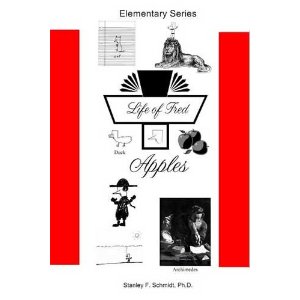
I thought I would take a little time this morning to talk about our new favorite math curriculum. Through the years of homeschooling, I have used quite a few different curriculums for math and while many of them were very good, they lacked one quality – being relevant to real life. Until we found the Life of Fred books!
I was hesitant at first to try these, but now I am so glad I did! Originally these books were geared toward middle school and high school, but recently they have added the elementary series. The book you see here is the Apples book, and can be started in Kindergarten. There are 10 books in the elementary series, meaning that you will go through about 2 books a year. But since they are not really labeled by grade, your child can move through them as slowly or as quickly as needed. When they complete one book, they move on to the next on in the series.
But the books don’t stop at the elementary level…they move on to middle school math (fractions, decimals, percents, pre-algebra) and then on to high school math (algebra, geometry, trigonometry). If you really have a math lover, they can then go on to college level math (calculus, statistics, linear algebra). So as you can see, these books cover it all!
Let me give a brief run-down of the reasons that I really like the Life of Fred books:
All math concepts are taught through real life situations. These books read like a story…about the life of a little boy named Fred. All math concepts are taught through experiences in the life of Fred, making math applicable to real life. I think my kids are remembering much more because these books are making math relevant to their life. They are seeing the connection to real life and don’t ask any more, “When am I ever going to use this?” The Life of Fred books show them when they might need it!
The books are non-consumable. All the books are nice hardcover books with the lessons, problems, and answers (the older books have additional companion books too). All your child needs is a pencil and a sheet of paper to work the problems on. Since the books are non-consumable, you buy them once and can use them for all your kids. Love it!
The books are inexpensive. Not only are the books non-consumable, making them a good deal financially, they are not that expensive to start with! If you order directly from the author, they even provide free shipping!
Much more than just math is taught. I am going to quote something the author wrote at the front of one of the books, “Your child’s education should be integrated. Does it make sense to place the subjects into little watertight compartments? Are there no connections between science and history? Are there no connections between art, music, and mathematics? But…be advised…I teach children – not mathematics. An integrated education, where all the parts of life flow together, is paramount in my thought.”
The author is a Christian. Woven throughout you will find references to the Bible and being a Christian.
They are just plain fun and my kids love them. When my kids ask to do math…well…that says it all!
If you are struggling with math with your children…you may want to give Life of Fred a try! Click here or on the book graphic above to go to the Life of Fred website where you will find FAQ as well as sample pages from all the books.
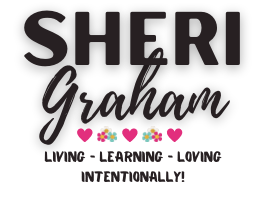
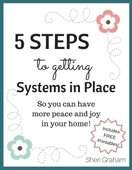
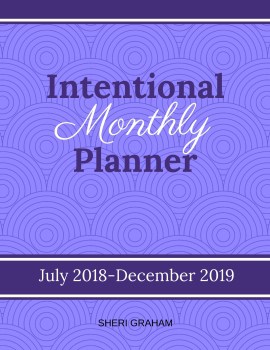
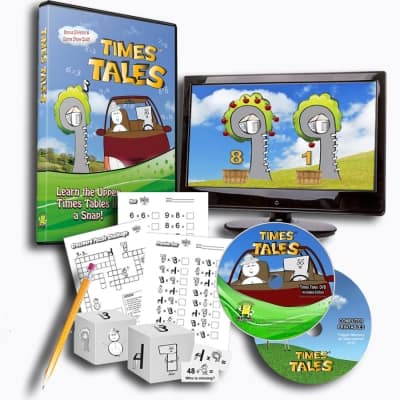
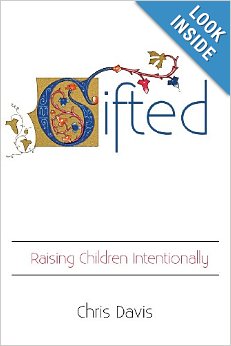

2 Comments